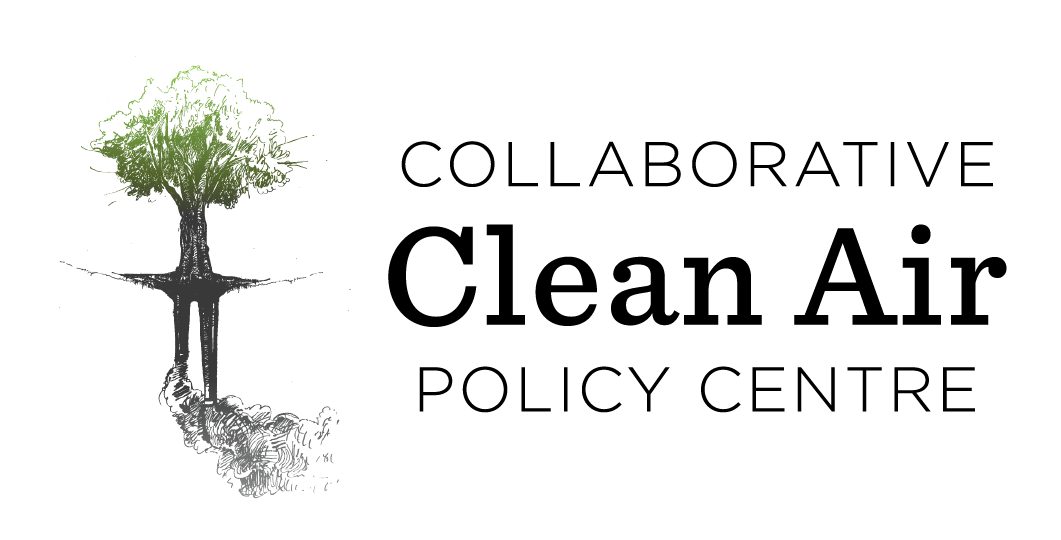Can An Airshed Governance Framework in India Spur Clean Air for All? Lessons from Mexico City and Los Angeles
Elizabeth Moses, Beatriz Cardenas, Ajay Nagpure, Madhav Pai.
Reviewed by Shibani Ghosh. Edited by Santosh Harish and Kirk R. Smith.
Executive Summary
India’s struggle to reduce dangerous levels of air pollution is at a tipping point. According to the World Health Organization, 15 out of the 20 most polluted cities in the world are in India, exposing over 660 million people to unhealthy air that fails to meet India’s National Air Quality standards for Particulate Matter, size less than 2.5 μm. Air pollution accounts for over 12 percent of the country’s deaths including 8.5 boys and 9.6 girls out of every 10,000 children before the age of five. The World Bank estimates this problem is costing the country billions – over 8 percent of its GDP in 2013.
It’s clear the problem extends far beyond urban centers. People living in the Indo-Gangetic Plain (IGP) can expect to live seven years less than those in other regions of the country due to poor air quality. And dirty air from this region is traveling across the subcontinent. One study estimates that approximately 30 percent of ozone in eastern India and Bangladesh comes from IGP and central India.
The Government of India have taken many important steps to address rising air pollution but sustained progress remains a challenge. As it continues to take action, it may be helpful to look towards other countries that have transformed their most polluted cities in the past. While air pollution remains a significant challenge in both cities, the cases of Mexico City and Los Angeles offer two examples where a regional airshed approach resulted in significant reductions in priority air pollutants despite population growth and expanded car use.
In both case studies a number of key elements of their airshed approach drove success. Sustained public outcry and at least three decades long effort gave officials the time and motivation to cultivate the political and financial support needed to create the appropriate regional institutions.These institutions in turn allowed different jurisdictions to coordinate reductions in air emissions from all sources including industry, energy, vehicular and residential sources. Formal coordination mechanisms through working groups and advisory committees between local, regional, state, and federal authorities provided pathways to effective regulatory and scientific cooperation across jurisdictions and sectors. It helped build trust and dialogue to achieve compliance with regulations and respond to political demands.
Development of a regional district allowed both cities to focus on air pollution sources from transboundary activities with scientifically based approaches that took into account weather, wind patterns, and other atmospheric conditions. Robust and comprehensive metropolitan based air quality monitoring, air quality forecasting and emissions inventories also helped integrate the design, implementation and evaluation of air quality policies. Open data and information is continuously presented through different platforms.
Strong partnerships with university and scientists helped ensure uptake of scientifically robust policy, technical, and modeling practices required for an effective air quality management in practices and plans. Linking national standards to public health incorporated public concerns and drove political support for robust action.While effective stakeholder participation built into the regional approach from the beginning ensured the wide variety of actors across the region had specific mechanisms for input and helped mitigate conflict and build public trust in the process.
The incomplete, but significant, progress achieved in Mexico City and Los Angeles has not been easy and has taken a significant amount of time and resources. But India has the opportunity to adapt key lessons to inform development of regional airshed districts that prioritize integrated policy, monitoring and modeling methods and reduce air pollution.
